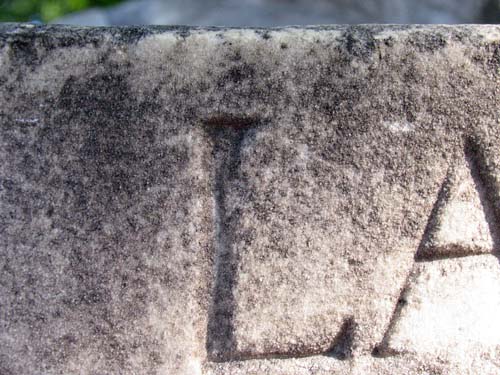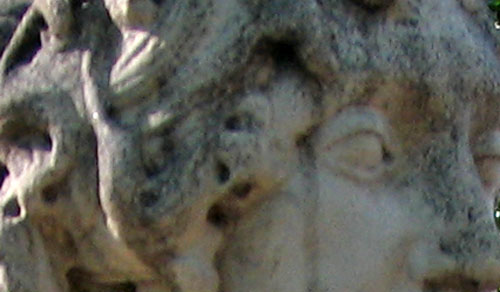Biological researches
Problems of historical monuments biodamages

The biological damage (destruction) of cultural heritage monuments created from various natural and artificial materials is considered as a serious problem at present. The biodeterioration processes proceed with participation of bacteria, microscopic alga, fungi as well as moss and seed plants. The microorganisms form the aggressive communities which are most dangerous for different types of the rock. They cover a surface of monuments and penetrate into the materials on the significant depth. The biodamages result in appreciable deterioration of the historical monuments that is expressed in change of color, formation of superficial crust and deposits. The aesthetic face of monuments can be lost as result of microbial activity. But the main danger of microorganisms is chemical and physical influence on the monument material.

Biodestructors produce aggressive acids and other substances which destroy works of art, change structure and chemical composition of materials. The processes of biodamages are more dangerous in a damp climate and under the high anthropogenous influence on the environment. For example the marble sculpture of St.-Petersburg collapses extremely quickly under influence of complex unfavorable ecological factors. Today we can observe green and black monuments and facades of historical buildings, due to intensive development of microbial communities in urban environment. Taking into account high speed of processes of biodestruction there is a actual task of counteraction to this dangerous phenomenon. Only on the basis of the exact scientific data it is possible to stop development of biodeterioration processes and to keep monuments for the future generations.
How to protect monuments against biodestruction?

The problem of historical monuments protection and preservation is very complicated. The complex scientific approach requires for the decision of this problem. Before the means of monument protection application we should put the correct diagnosis and find the optimal way of treatment. Besides it is necessary to analyze the complex of ecological factors and exhibiting place peculiarities which can influence on the monument state. Also the choice of a monument protection mean is determined by the material preliminary analysis.
The chemical method of monuments protection from biodestructions is based mainly on application of chemical substances destroying aggressive microbial communities. This method is most widely applied today. However any chemical influence on a monument material can change its properties. Also the application of toxic preparations can be dangerous for environment. Development of new protection methods against biological destruction now is conducted on the basis of modern technologies application. We hope that in the nearest future the highly effective and ecologically safe ways of protection and preservation of monuments of a cultural heritage will be found out.


